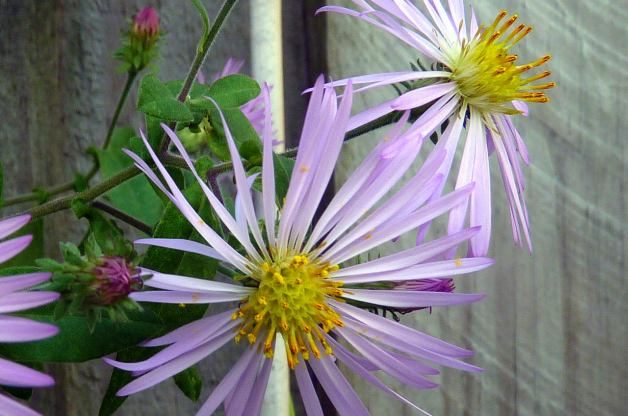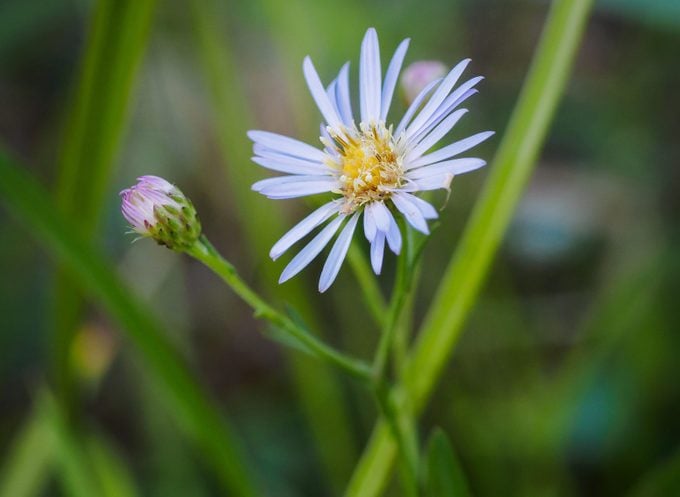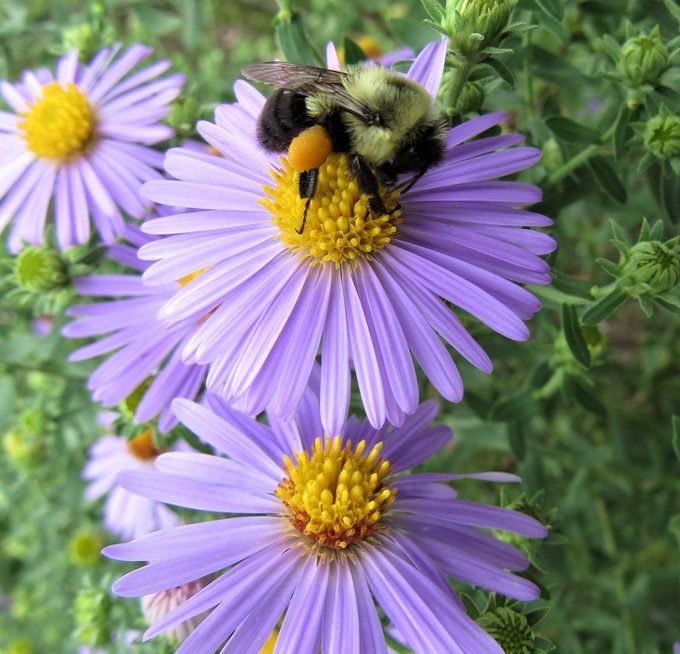Add Native Climbing Aster to Your Pollinator Garden
Updated: Jul. 11, 2023
One native, late-blooming aster is perfectly suited for southern marshes and wetlands: climbing aster, also known as Carolina aster.

Late-blooming asters are a favorite of many gardeners, and here in the Southeast we have a native aster that’s perfectly suited for the wildlife garden. Climbing aster (Aster carolinianus) is a wildflower first documented in South Carolina in 1788. It grows wild throughout the Southeast in freshwater wetlands like river banks, marshes, and swamps. It flowers in mid-fall, when the feathery purple blooms are a draw for late-season butterflies and other pollinators.
Climbing aster is also known as Carolina aster, and this plant does tend to reach for the sun. However, it is not an aggressive climber. Instead, it’s more of a “leaner” on the foliage and structures around it. Like many wildflowers, it’s more suited to an untamed wildlife garden than a more formal setting.
Attract butterflies with native Stokes’ aster.
Climbing Aster Care

Though it’s a wetland plant, it will survive in drier areas as long as it receives plenty of rain throughout the hot summer and a little help during the dry months. It flowers best in sun, but I grow mine in part shade and still enjoy lots of blooms once it gets going.
Grow climbing aster in zones 6 to 10. In cooler areas, it will die back to the ground in the winter, but should regrow readily in the spring. Cut it back in winter after flowering to tame it and get rid of older unattractive foliage.
Plant it near a trellis (it may need a little help to climb) or where it can clamber among bushes or trees. Finding it can be difficult outside of native plant nurseries, but if you know someone who grows it, ask them to save seeds for you in the fall and give it a try. Keep the seeds and seedlings consistently moist or they will not thrive.

“I live in Wilmington, North Carolina, where the weather can be pretty extreme at times. Too hot, too cold, too wet, too dry, too humid, too windy (hurricanes!), etc. I started gardening in the recent years and did a lot of trial and errors on what plants would do well. Some really looked pitiful after a few months. Then I discovered gardening with native plants. Wow, what a difference! My Aster carolinianus (above) has gotten huge and is definitely a pollinator favorite. It is so rewarding to watch the bees and butterflies doing what they do in a plant I grew myself!” says reader Veronique Langlois.




















